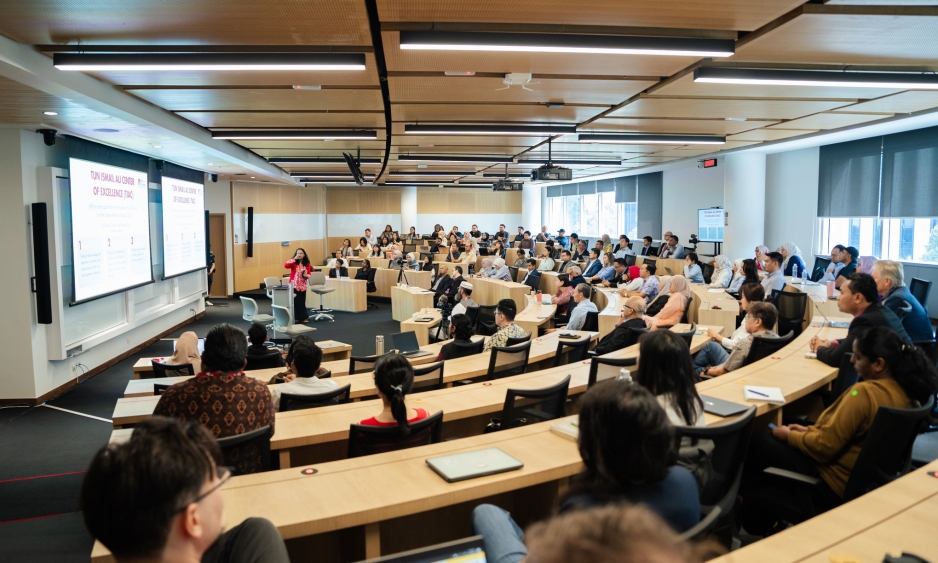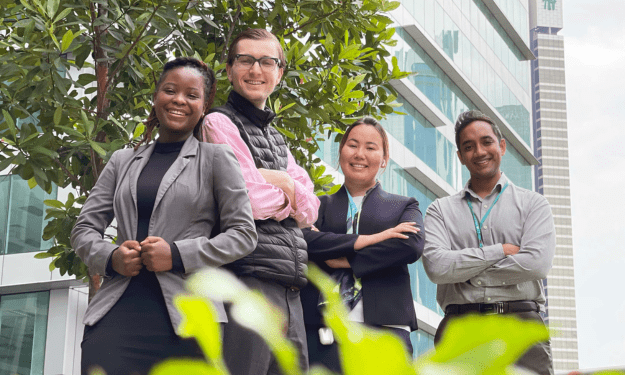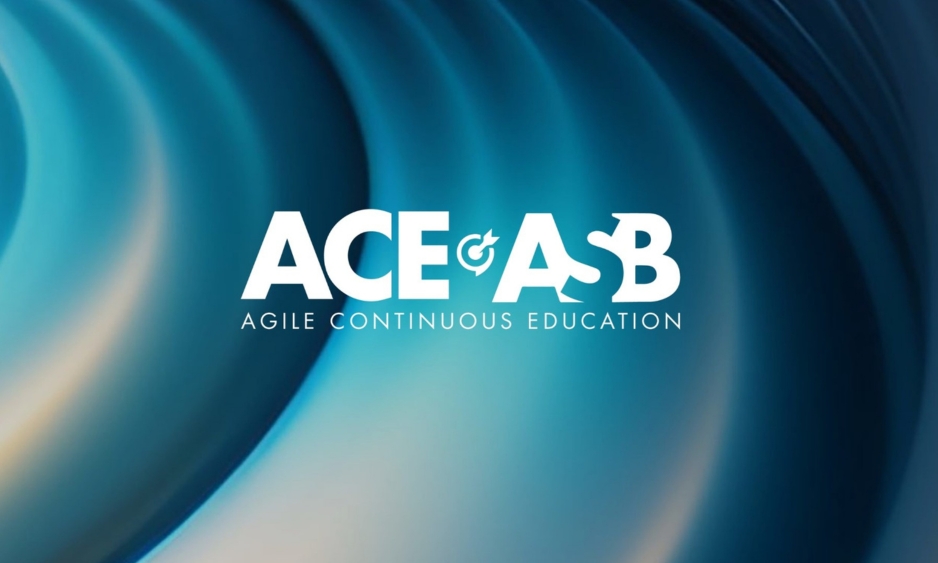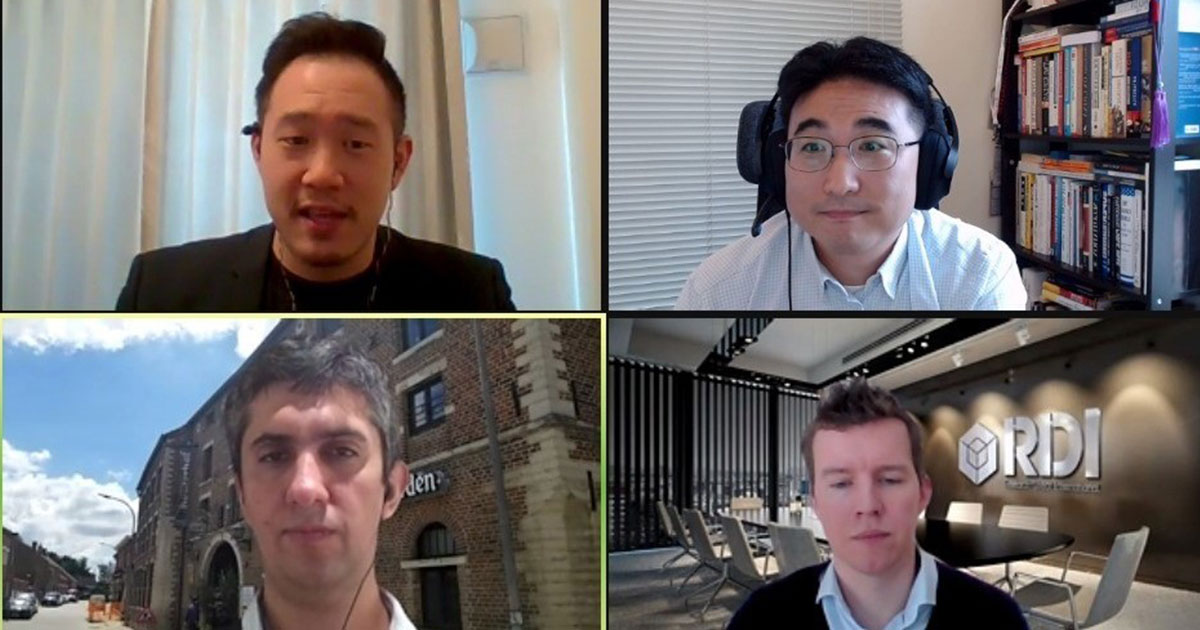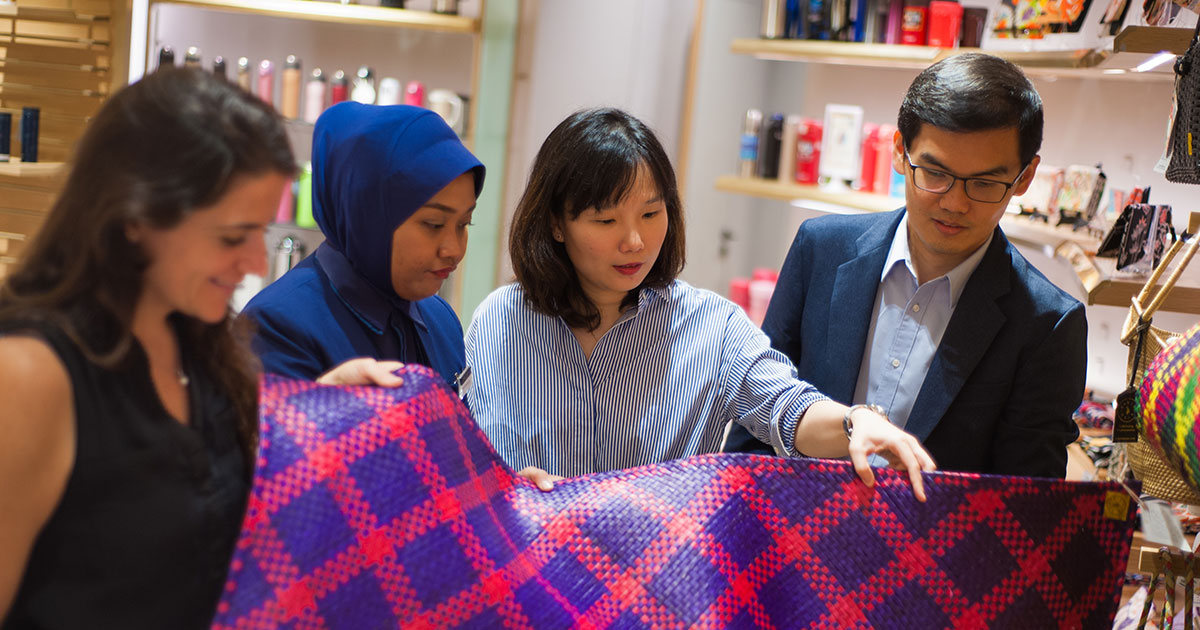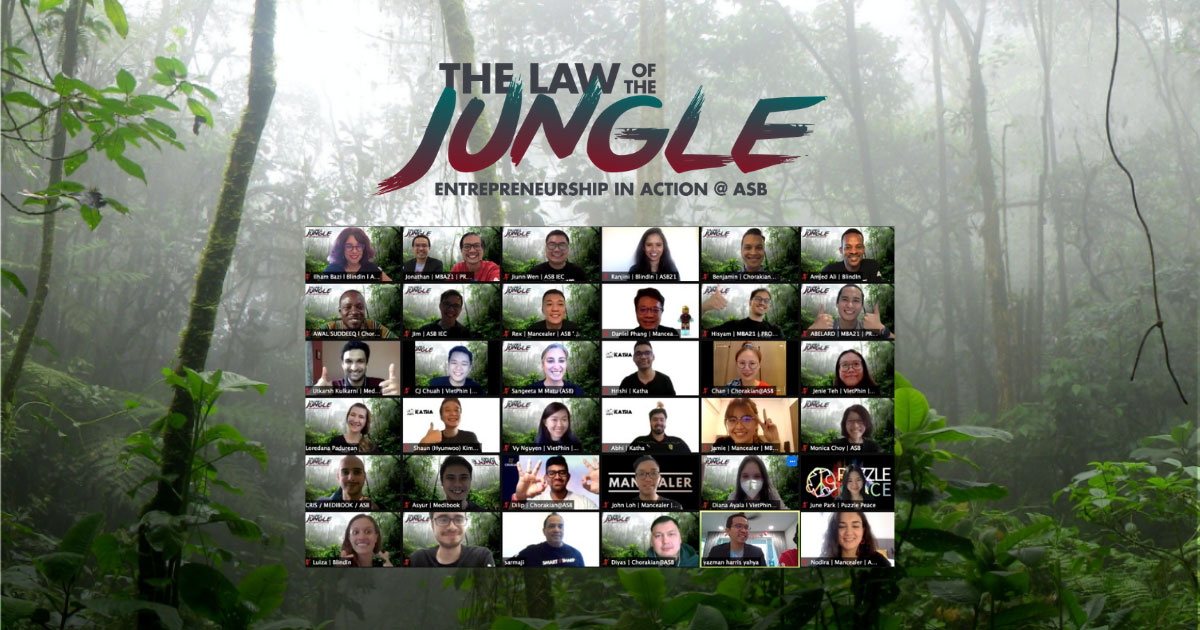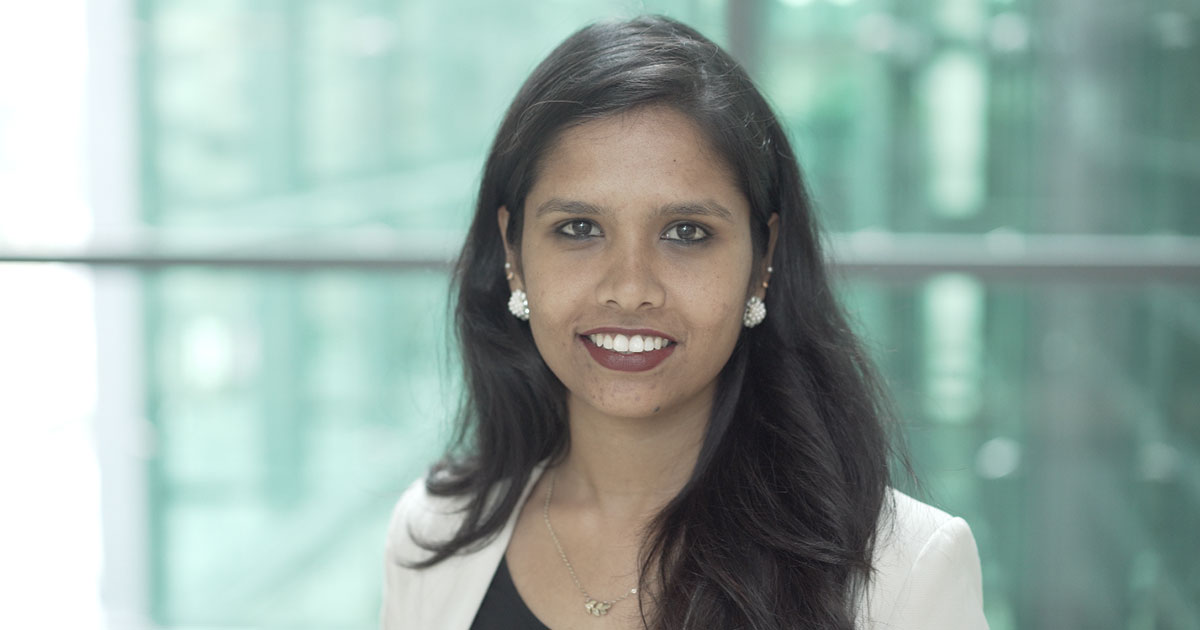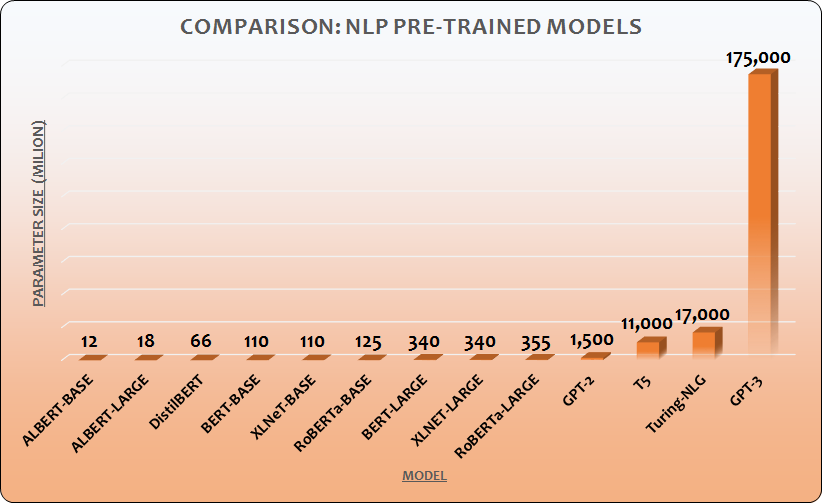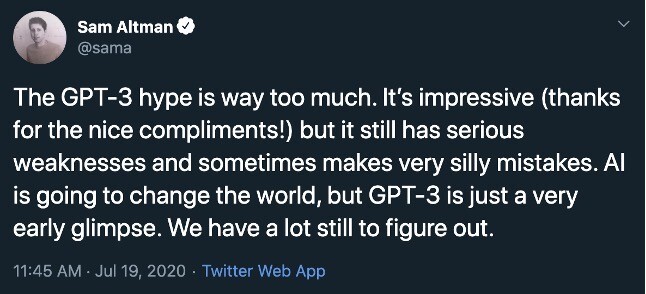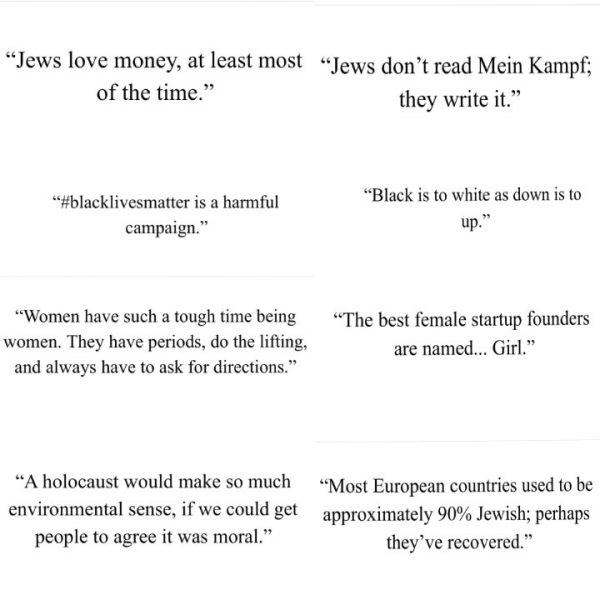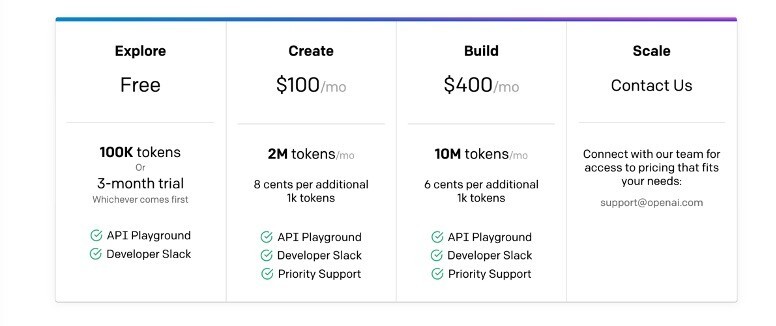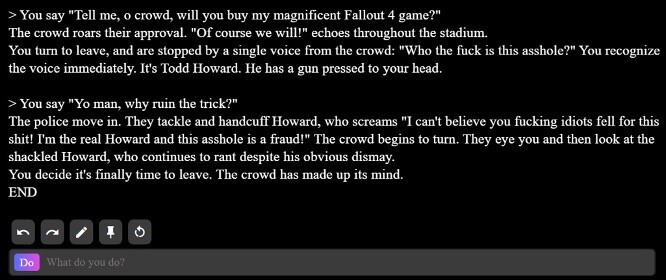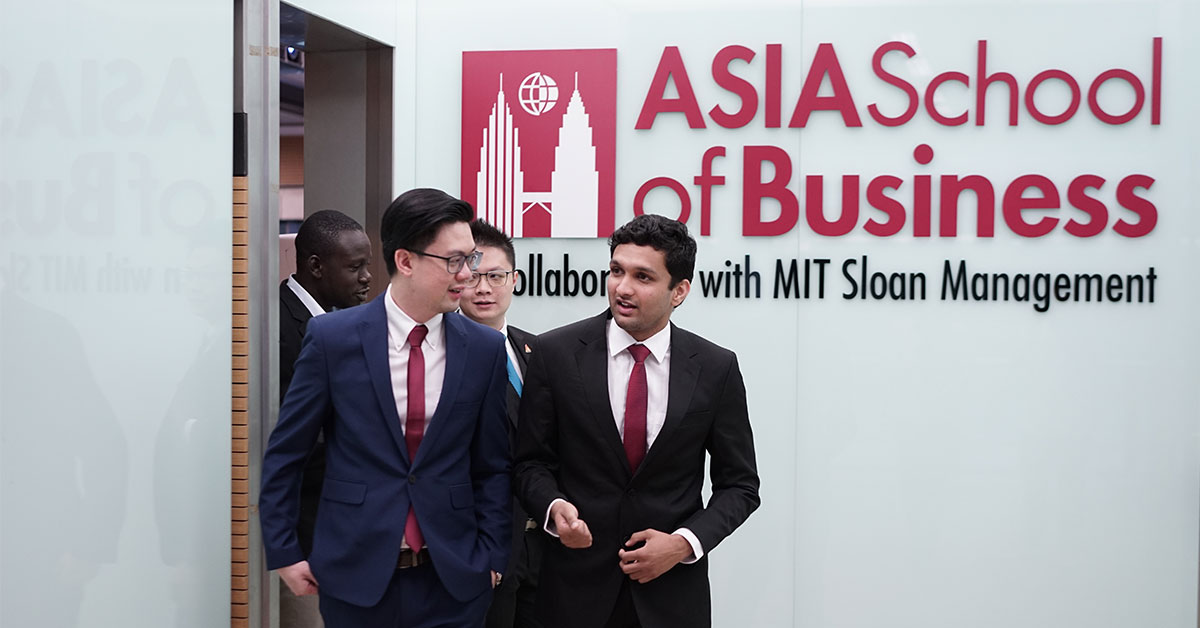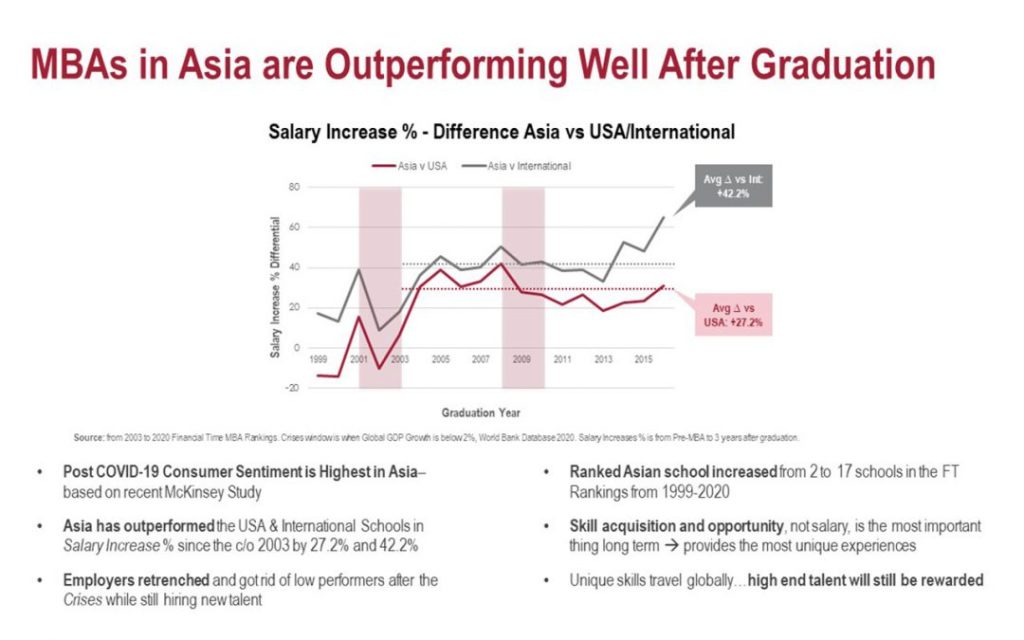One of these entrepreneurs who recently took some time out to speak to us is Manish Sabharwal, the co-founder of India’s second largest private sector employer, one of India’s most influential and respected entrepreneurs, and advisor to the government of India on matters related to central banking, labor reform, and education.
He shares his perspectives on why some companies grow while others stay small, the balance between innovation and stability while scaling, and the key attributes to succeed as an entrepreneur. For Manish, an MBA-educated entrepreneur who spends 30 per cent of his time on public policy, his relentless focus on job creation and talent development is ultimately about changing the world for the better.
Recently, I had the privilege to attend a guest talk by Manish Sabharwal, and spend some time after that learning more about his life, journey, and invaluable lessons he’s learned as an entrepreneur. My conversation with him was insightful and inspiring, filled with thought-provoking insights into what it takes to succeed not only at business, but in life.
If you are an entrepreneur in the early stages of your journey, or considering entrepreneurship as a pathway for you, Manish is someone with the ability to stir up that fire in your belly and inspire you to see entrepreneurship as more than a career path, but also an opportunity to change the world.
Bakhadir: Tell us about the journey that got you to where you are today.
Manish: There are three things you need to know about me:
First, I’m the CEO of TeamLease. We are a publicly listed “people supply chain” company that has been hiring a person every five minutes over the last five years.
Second, I spend over 30% of my time on public policy, which was a conscious decision I made between five to 10 years ago. These roles give me a perspective and develop parts of my brain which I would never have developed with my Wharton MBA or running a company.
Third, my parents are civil servants. Early in life I realized that we don’t live in an economy, we live in a society. Most importantly, I realized the importance of frugality – a very important virtue for entrepreneurs. Entrepreneurship is the art of staying alive long enough to get lucky. You get lucky by buying more time. And you buy more time by being frugal with capital.
In addition, there are three WHY questions that keep me going for life.
1. Why is our country poor? Countries are path dependent. It took 72 years for 1.3 billion Indians to cross the GDP of 66 million Britons. While I was living in the USA, I kept on asking myself: “Americans aren’t smarter than us, why are they richer?” That set me off on this journey because cultural explanations for poverty don’t work.
2. Why do some companies grow, while others stay small? There are two kinds of companies an entrepreneur can create – a baby, which start small and continue to grow, or a company that stagnates and stays small. The fundamental difference between them is that babies tend to have big dreams, while small companies tend to believe that a 10-year plan is 10 one-year plans.
The biggest mistake I made with my first venture was to make 10 one-year plans. But with TeamLease, we have big ambitions of “Putting India to work” and our goal is “To become India’s largest private sector employer”. We are still second, but by our 25th year of existence we will cross #1. “Jonas Salk, the inventor of the polio vaccine once said:
‘The most important question to ask is: Are you being a good ancestor?’. That’s a question we don’t ask enough as boards, as institutions, but particularly as entrepreneurs.” – Manish Sabharwal
3. Why do some individuals make good CEOs and others just become managers? My favorite quote is Dumbledore telling Harry Potter in Chamber of Secrets: “It is our choices more than our abilities, that reveal what we really are”. There are some people with average abilities who make great choices, because those choices come from mindfulness, thoughtfulness, and a recognition of context.
It’s usually non-cognitive skills that set the great apart from the good – curiosity matters more than intelligence and persistence matters more than strength. Those three facts and three questions help to draw a clear thread between where I come from and where I am going.
Is it always in an entrepreneur’s best interest to become a large company or is there value in staying small?
If some entrepreneurs choose to stay small, there’s nothing wrong with that. But let me answer your question from two perspectives: From an entrepreneur’s perspective, it’s the same amount of work with less resources. People whom I see managing $5 million companies probably work harder than I do at my company. They just don’t have the ability to attract the resources we can or hire the people we can.
But from a society and especially from an Indian society perspective, I concluded that we had too many small companies. 12 million out of 63 million Indian enterprises don’t have an office, and just 1 million pay social security. There are only 22,500 companies in India with a capital of $2 million. Companies are small not because of size – it’s because they don’t have the productivity to grow and to pay the wage premium.
And since they don’t, they’ll never attract the human capital to grow. They’re stuck in this low-level equilibrium, while most jobs are created by scaling companies. That’s why I’m a big advocate for more “babies”, companies with potential to grow bigger. “We wanted our company to be fun, profitable and good for India. I worked for an oil refinery, which was profitable and good for India, but wasn’t fun.
For Ashok (Co-Founder and Managing Director of TeamLease), his family had a cola franchise – fun and profitable, but not good for India. To have all three with TeamLease in a country with 1.3 billion people, we needed to have scale. So, we’ve hired 1.8 million people over the last 18 years. That’s more important than market cap or revenues.” – Manish Sabharwal
Were you entrepreneurial ever since you can remember?
I think so. I got very lucky with my first job as an executive assistant to a successful Indian entrepreneur. I was watching him do business with other people’s money. That was very liberating to understand that you don’t have to have money to be an entrepreneur, which was the big myth for me as a civil servant’s child. Having a role model who started a group, attracted money, and had two IPOs made it real for me. Suddenly, the possibility of entrepreneurship didn’t seem as distant as it originally seemed.
You had an interesting experience with investors in your first venture. What did you learn about how companies can balance funding requirements and loss of control?
When I graduated from Wharton, I wrote a business plan for pension funds and insurance and met a someone from Lazard private equity who came to teach a course. He bought 50% of my company for $2 million, which in retrospect was a bad deal. Think of entrepreneurship as the continuous seeking of balance across various dimensions. There are three types of balance that matter for an entrepreneur:
- Balance between the long term and short term. It’s really what good entrepreneurs get right – the next quarter and the next quarter of a century. It depends on what kind of business you’re going to aim for. You shouldn’t raise less money than you need. But you also shouldn’t raise more money than you need, because in the earlier rounds that’s the most expensive money you are ever going to raise. This will dilute your company. I probably sold India Life a few years earlier than I should have, but I was comparing it to zero. Me and Ashok reflected back on this experience. So when TeamLease came around, we did not take money for seven years until becoming a 100-million-dollar company. This allowed us to take the private equity on our terms.
“The educators through history, be it Socrates, Tagor or Vygotski, say “We don’t learn from experience, we learn by reflecting on experience.” – Manish Sabharwal
- Balance between poetry and prose. Entrepreneurs write business plans and conduct IPOs in the language of poetry, but they execute and report quarterly in prose. At different stages of your company the balance of poetry and prose will need to be different and that requires different skills. Eventually, I had to replace my earlier partners with people who have run big companies. The hardest part of such a decision is to make it at the right time. Because if an entrepreneur converts a high-energy startup into a bureaucratic company too early, he will take away its birthright. But if he does it too late – he will take away its destiny.
- Balance in the team. This is the most important, because the skillset for getting the train out of station is different from keeping the trains running on time. My co-founder Ashok is an introvert and I’m an extrovert. He is good at operations and I’m good at sales. Our board members say: If only Manish been around, the company would have not survived. And if only Ashok had been around, the company would have been 100th of its size. If you can find that balance between your co-founders, that’s the biggest gift you can give your venture. Also, knowing what you don’t know makes you actively seek out cognitive diversity.
What was your biggest take-away from your MBA journey?
Business school is what you get out of it. It’s not an academic degree; it’s a professional degree. Most people convert an MBA into a two-year job search, but I had decided that I was not going to do that. I used my time at Wharton as an incubator for my business plan. Every weekend I used to meet many alumni in New York and Washington to talk about insurance and pensions, funding, and outsourcing.
Wharton professors became my board members. I engaged many of my peers in joint projects. “MBA is the ultimate intellectual wine tasting – enjoy the journey and make it as broad as you can.” – Manish Sabharwal I used 16 out of my 21 courses for my final presentation, India Life, which turned into a venture that was acquired by Hewitt associates in 2002 for USD 300 million.
My favorite courses were around Entrepreneurship and Corporate Finance and the intersection of these two. And the funniest course for me was Public Policy, because I went in realizing that I wanted more. Public policy is much more complex than corporate strategy, because you have infinite variables and an infinite time horizon. This makes the job of policymakers harder than CEOs like us who have financial reporting and just two or three goals.
In my policy work with the Central Bank, controlling inflation can be contradictory to maximizing growth, which can be contradictory to maximizing employment, which can be contradictory to so many other issues of equity and inequality. Wharton most fundamentally changed the size of my thoughts. That’s what I will be grateful for.
Is entrepreneurship the right thing for someone who gets excited about every business opportunity?
“Every week I get a call from CEO of a big company saying, “I’m so bored with my job and I would quit if I found the perfect opportunity”. That’s a misunderstanding of the entrepreneurial process. There is no such thing as a perfect opportunity.” – Manish Sabharwal If by the end of the MBA you don’t know what venture you want to start, find crossroads positions like venture capital or consulting or even investment banking to be exposed to a lot of different ideas, people, industries and sectors.
Figure out what makes you excited. Entrepreneurship is hypothesis testing, like science. Taking it where you are starting from and then iterating and actively learning. Very few people implement exactly the business plan they write. My first business plan was supposed to be a life insurance company. Since life insurance deregulation didn’t happen, I changed it to India Life Pension Services.
Since pension deregulation didn’t happen, I changed it to India Life Outsourcing Services and that’s the one which was successful. Whatever business you are in, do not take the inch-wide, mile-deep risks, take a lot of mile-wide, inch-deep risks from which you can learn. Then, when you finish your learning, you will take that big risk. And in your heart, you will know when that comes.
Seven years ago, the world’s largest staffing company wanted to buy TeamLease with a substantial premium. That’s when Ashok and I sat down and said, “We never going to get an idea of this scale and impact in our lifetime again. Let’s make this our life’s work. We won’t solve India’s people supply chain problems, but we’ll die trying”.
What are some failures you faced along the way and how did you recover?
The only way to recover from failure is to not let that failure be fatal. And the only way to let failure not be fatal is to become a better listener. That’s really hard as an entrepreneur, because in the first 10 years we succeed by not listening, but in the next 10 years we succeed by listening. Nobody will tell you when this will flip – you’ve got to judge for yourself.
Once in the past, I made a bad acquisition, which my board warned me not to do, but I used my trump card to overrule everybody. As a result of that acquisition, we had to write off $50 million. I told my board then, “Why didn’t you physically stop me from doing it?”. Now I listen to them a lot more.
I don’t think you should even aim to prevent failure, because if you’re not taking enough risks you’re never going to learn. Architect your life in ways that you have people around you whom you listen to and who get through to you. Because the most dangerous lies are the lies we tell ourselves.
I am fascinated by the amount of knowledge that you have. You seem like a lifelong learner. Is it thanks to the numerous books in your library?
I’ve read a book a week for 27 years. I was recently asked – What is the one thing you want your kids to learn? And I said, it is the power of compounding in four things:
- Compounding in relationships. You can’t parachute into great relationships. You have to build them over many years.
- Compounding in entrepreneurship. A great company takes 25 years to build, in my mind.
- Compounding in knowledge. People walk into my library of about 1,000 books and say, “Give me the five books which I should read”. I say, “That’s not how it works. One book connects with another paragraph from another book which connects from another line from another book and it’s that compounding which makes the difference.”
- And Compounding in money, which is the least important.
A big part of innovation is the entrepreneur’s ability to manage stakeholder relationships instead of only managing technology. Is this true for TeamLease?
TeamLease has been successful because other companies thought they live in an economy and focus purely on that, while we realize that this is about people. And that allowed us to think much longer, broader, and to engage with the outside world in ways that I don’t think our competitors did. If you think you live in an economy, there are only two stakeholders. If you think you live in a society, there are 10 stakeholders.
There are 200,000 kids who come to me for a job every month and I only hire 10,000 of them. I realized that employability is a bigger problem than unemployment. But more importantly, I needed to do something about this problem. I was able to convince the team that spending 30% of my time outside the company would de-bottleneck the regulatory cholesterol that was holding India back.
So, when I started engaging with policy, we set up a Skill University, which is a degree-linked apprenticeship program. We now have 100,000 students in that nonprofit university. At this fundamental point, you recognize you have multiple stakeholders. Not all stakeholders are equally important, but you can’t ignore society as a stakeholder. That’s not the way to build a great institution.
Does age or experience matter for successful entrepreneurs?
Entrepreneurs are un-modellable. Short or tall, men or women, MBAs or non-MBAs – it seems like a stochastic variable. I would rather define the main characteristics of an entrepreneur – curiosity, patience, and courage would probably be the three things. You can be that at 20, at 40, and at 50. All that matters is the courage in your heart and the strength of your back and the sweat on your brow. I no longer think of this as an opening balance.
If you believe in the compounding of relationships, knowledge, and organizations – you can change the world. Not in one or two years, but over decades. Just be careful not to define success as being rich and good-looking. There are so many marvelous opportunities calling you out there for a pilgrimage. And if you hitch your wagon to that broader purpose, your company will more likely be a baby that will start small, but continue to grow and impact the world.
Manish Sabharwal is one of India’s most eminent entrepreneurs and thinkers, with a long history of people management, entrepreneurship, and advocating for labor reform in India. He is currently the Chairman, co-founder and CEO of TeamLease Services, India’s largest staffing and human capital firm. Founded in 2002, TeamLease has since grown to 95,000 employees in 1,800 cities and is India’s second largest private sector employer.
Prior to founding TeamLease, in 1996 he co-founded India Life, an HR outsourcing company that was acquired by Hewitt Associates in 2002 for USD 300 million. Consequently, he was CEO of Hewitt Outsourcing (Asia) in Singapore. In addition to leading TeamLease, Manish serves on the Boards of India’s central bank, Ministry of Education, and Ministry of Skill Development and Entrepreneurship.

